I’m back from a week in beautiful Washington State, a part of the world I’d never been in before. Dash picked Seattle from a list of possible destinations because he’s an inveterate admirer of all things cloudy and rainy - alas for him, it was clear and sunny the entire time we were there.
What we lacked in airborne moisture, though, we more than made up for in the mists obscuring the divide between myth and science. The Pacific Northwest is famed for a wilderness that many dreamers, against all reason, believe to harbor life forms still unknown to mainstream biology. On this front, we were far from disappointed.
To be clear, we saw much of the scientifically documented and entirely respectable fauna that the region is known for. Most of this was concentrated in the two days we spent bopping around Olympic National Park on the peninsula west of Seattle. Not two minutes after driving off the ferry to Bainbridge Island we saw a coyote loping alongside the road, and the sightings continued from there. Some assertive ducks tried to share lunch with us at Lake Crescent, and a small deer accompanied us on the path past a nearby ranger station. Nothing bigger than that, but we did get to spend some time with their deceased brethren at the visitor’s center.
The animals may have been a bit shy, but the plant life in the temperate rain forests was downright exhibitionist. The road to the most famous area, the Hoh Rain Forest, was closed for the season, but we had some amazing views on a few less well-known paths.
But these are all the sorts of organisms one would expect to find in a state park. What of the stranger, more exotic creatures we were promised - the monsters, the cryptids, the otherworldly entities? Fear not, intrepid voyager, for they are all around us.
THE WALRUS
Our encounter with unexpected beasts began the moment we arrived in the city of Seattle. Hope booked us a room in the Arctic Club Hotel, a structure built in 1914 as a social club for men who’d grown fat after striking rich in the Klondike Gold Rush of the 1890s. Its facade is adorned by terra cotta sculptures of walruses, which were adopted as mascots when the building was refurbished and opened as a hotel in 2008. Not a monster, perhaps, but certainly a being that had wandered well outside the bounds of its natural habitat.
THE SASQUATCH
What trip to the Pacific Northwest would be complete without an appearance of its most celebrated bogeyman? While we regrettably did not see any living bigfeet, their forms were emblazoned on every possible souvenir trinket in locations both urban and rural, not to mention roadside chainsaw sculptures by the dozens. The best place to observe these was the humble Espresso Chalet on the Cascade Loop to the east of Seattle. This is where key scenes of the 1987 film Harry and the Hendersons were filmed. I adored that movie when I was 11, but I confess to having no memory of this location. Guess it’s time for a more resonant rewatch now that I’m an expert on the terrain.
THE KRAMPUS
On the same drive through the Cascade Loop we stumbled upon a truly alarming sight: an entire town decked out in the architectural drag of a Disneyfied Bavarian village. Turns out this is the ski town of Leavenworth, which made a concerted effort in the 1960s to rebrand itself from a logging town into an ersatz Mitteleuropean tourist trap. Every facade is decked out in fading hand-painted murals, and even chain-store signage is municipally mandated to be redesigned in a blackletter script. Oom-pah music accompanied us from speakers down every street, and we were sure it was only a matter of time until we were kidnapped by wide-eyed local cultists and ground into bratwurst. The cryptozoological highlight here was our visit to the Krampus Kave, a comic shop located deep in the bowels of an unassuming chalet. It actually boasted a solid selection of books and collectibles, proving once again that you can’t judge a sausage by its casing.
THE VAMPIRE (AND FRIENDS)
Fans of the films and books of the Twilight series know that the Pacific Northwest is a modern hub of vampirism. The consistently sunny weather throughout our trip would have consigned them indoors, but that didn’t stop us from recognizing their traces. In fact, the town of Forks, WA - where we spent the night during our two days navigating Olympic National Park - is the story’s setting, and also where key movie scenes were filmed. The bed and breakfast we stayed in markets itself as being the inspiration for the home of sparkly vampire Edward Cullen (but only in the books; the movie version is apparently much more modernist). I don’t know anything about any of that, but apparently the fans do, and we were warned to make sure the doors were closed and locked because people have been known to break in and wander the halls uninvited (VERY un-vampirish).
We also saw vampires and other ghoulies right in Seattle’s city center, thanks to the Frank Gehry-designed Museum of Pop Culture (MoPOP). Yes, it’s a completely ridiculous place, but it was also fun for a lover of genre stories, with separate exhibits devoted to sci-fi, fantasy, and horror. The little shrine of vampire artifacts in the latter has some cool stained-glass to enjoy.
MoPOP also houses the Science Fiction and Fantasy Hall of Fame, where I got to enjoy tributes to favorite creators like Ursula K. LeGuin, Jack Kirby, Frank Frazetta, Kurt Vonnegut, and illustrator Kelly Freas - including an original Freas dragon painting from the cover of the Myth Adventures series of novels, which were seminal for me in my middle-school years.
Of course, there were also plenty of other furry friends to visit along the way.
THE CTHULY
Just a few feet away from MoPOP lies Chihuly Garden and Glass, a sprawling indoor/outdoor exhibit devoted to the work of blown glass artist (and native of nearby Tacoma) Dale Chihuly. I hadn’t had any previous connection to Chihuly’s work and approached the visit as a sort of tourist obligation along the lines of traveling to the top of the iconic Space Needle that looms a few feet from the Garden’s entrance. But we decided to visit at twilight, which made for an attractively haunting experience. Glass is in some ways a physicalization of light, so viewing it in moments of contrast like these can bring unexpected depth and drama.
The fact that Chihuly’s shapes are overwhelmingly biomorphic makes them perfect for a garden. I found their weirdness lovely, but Dash felt revulsed by what he saw as their creepiness. Sure enough, many of these works do have an eldritch quality, leading Dash to dub them “Cthuly” in honor of H.P. Lovecraft’s otherworldly creations. Kid has a point, I think.
RUBBER CHICKENS AND FINGER FREAKS
Much more up Dash’s alley was our visit to the worldwide flagship store of novelty purveyor Archie McPhee. It’s not that the kid detests weirdness - not by a long shot - but that he prefers it with a hefty dose of comedy, especially that of the cornball variety. (Where does he get it from???) We stocked up on chattering teeth, fake eyeballs, and an extensive set of finger freaks - the little rubber monsters you used to be able to get out of quarter vending machines when we were kids.
The Archie McPhee store is also the home of the Rubber Chicken Museum, an institution of cultural anthropology whose importance speaks for itself.
THE BOOKWORM
No trip to another city would be complete without me spending an inordinate amount of time in local bookstores. Fortunately, Seattle is a highly literary destination, with more relevant shops per capita than anywhere I’ve been outside of Europe. This is especially true in the Pioneer Square neighborhood we stayed in, the oldest area of the city, which also plays host to the Klondike Gold Rush National Historical Park (which we got to enjoy before Trump shuts it down!) and historical tours of the underground tunnels that the city built on top of as it grew.
Pioneer Square was a fascinating study in contrasts - old-timey yet with a high percentage of hip and artsy businesses; peppered with slick new buildings and restaurants yet playing host to a highly visible community of homeless and mentally ill people; bohemian in spirit, but located a few blocks away from the city’s giant sports stadiums. As for the books, I spent a lovely afternoon visiting several within short walking distance of each other: Long Brothers Fine and Rare Books, which sells some absolutely gorgeous treasures like the ones below, albeit with a hefty price tag (which didn’t stop me from buying the vintage Ronald Searle-illustrated essay collection in the middle); Arundel Books, a more traditional bookseller with an exciting mix of used, new, and small-press editions; and my favorite, Open Books: A Poem Emporium, where I spent a delightful hour kibbitzing with the manager about favorite poets and getting amazing recommendations.
Of course, as a lover of comics, how could I pass up the opportunity to visit the flagship store of one of my favorite all-time publishers, Fantagraphics Books? Tucked into a funky old post-industrial neighborhood to the south of the city center, visiting it was a Willy Wonka-style experience for a fan like me, who probably has more Fantagraphics books on my shelf than those of any other publisher. Sure, it’s small, but it’s powerful, with a back-room of half-price “slightly damaged” books that led me to weigh down our suitcase by a few dozen pounds.
THE RIALTO BEACH GOBLIN
To round out this field guide of native wildlife, I’ll share the exciting news that we discovered a new cryptid. On the edge of the continent in this part of the country are a series of sweepingly atmospheric beaches under the stewardship of Olympic National Park. Boasting rocky, pine-decked islets, beds of erosion-rounded pebbles, and piles of tortured driftwood, these beaches made a perfect match with the mythical Pacific Northwest I’d conjured in my head.
The night we stayed in Forks we headed to nearby Rialto Beach to watch the sun set. The churning surf created a fine mist that added a moody filter to an otherwise clear evening, and dozens of people arrayed themselves across the mile or two of shorefront to watch the sun plunge into the Pacific. It was in this mysterious half-light that we encountered the terrifying creature that came to be known as the Rialto Beach Goblin. See if you can spot him... if you dare.






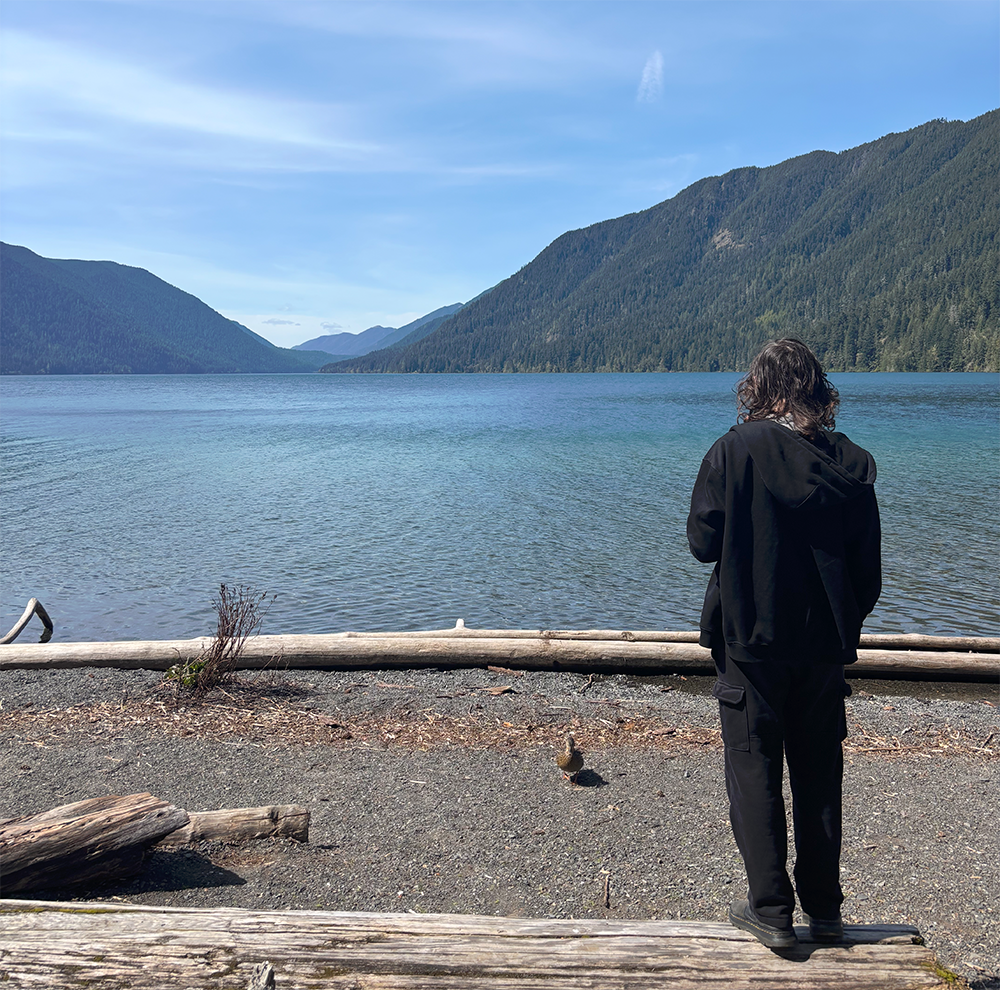







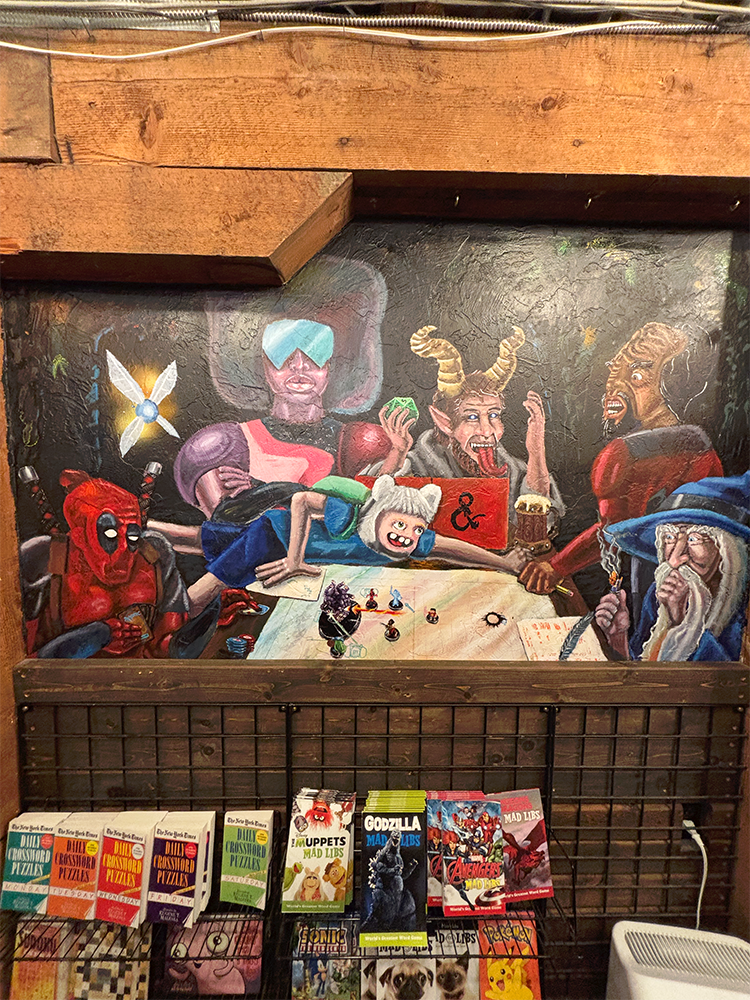


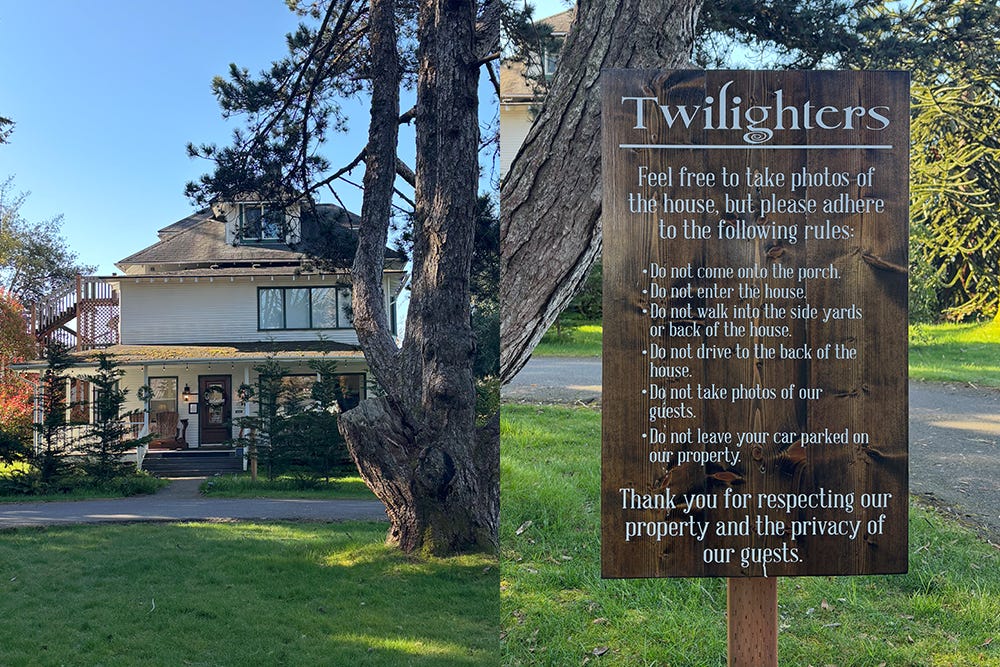


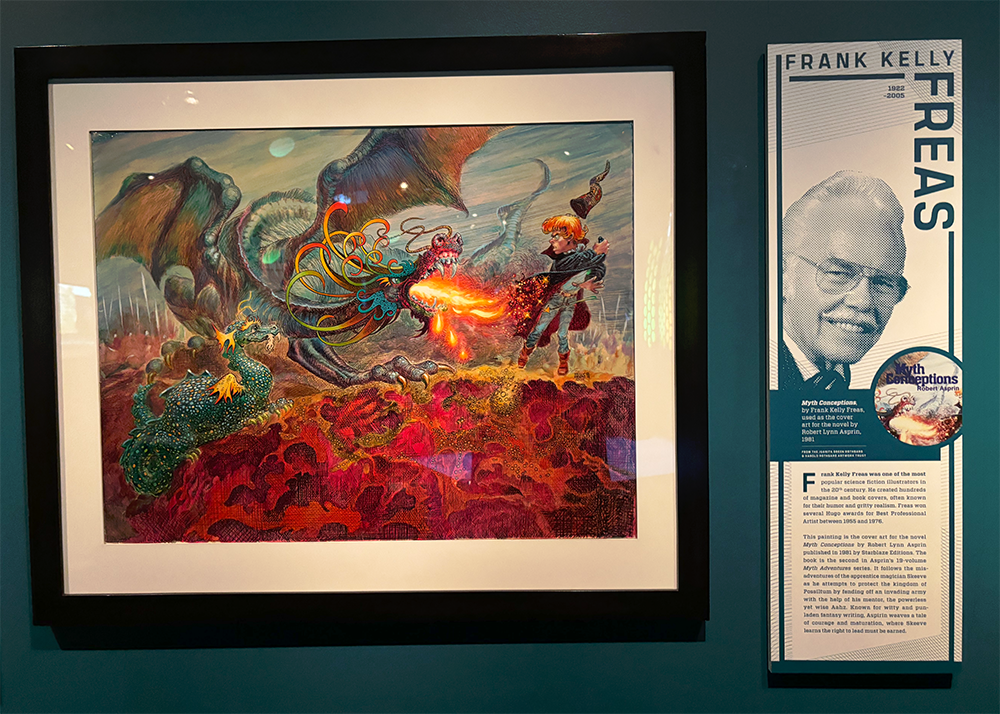
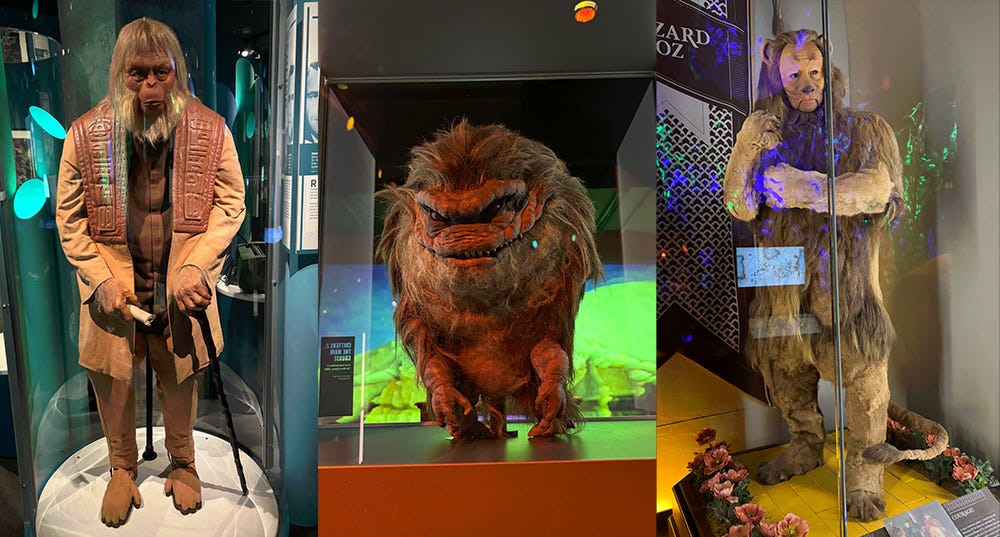



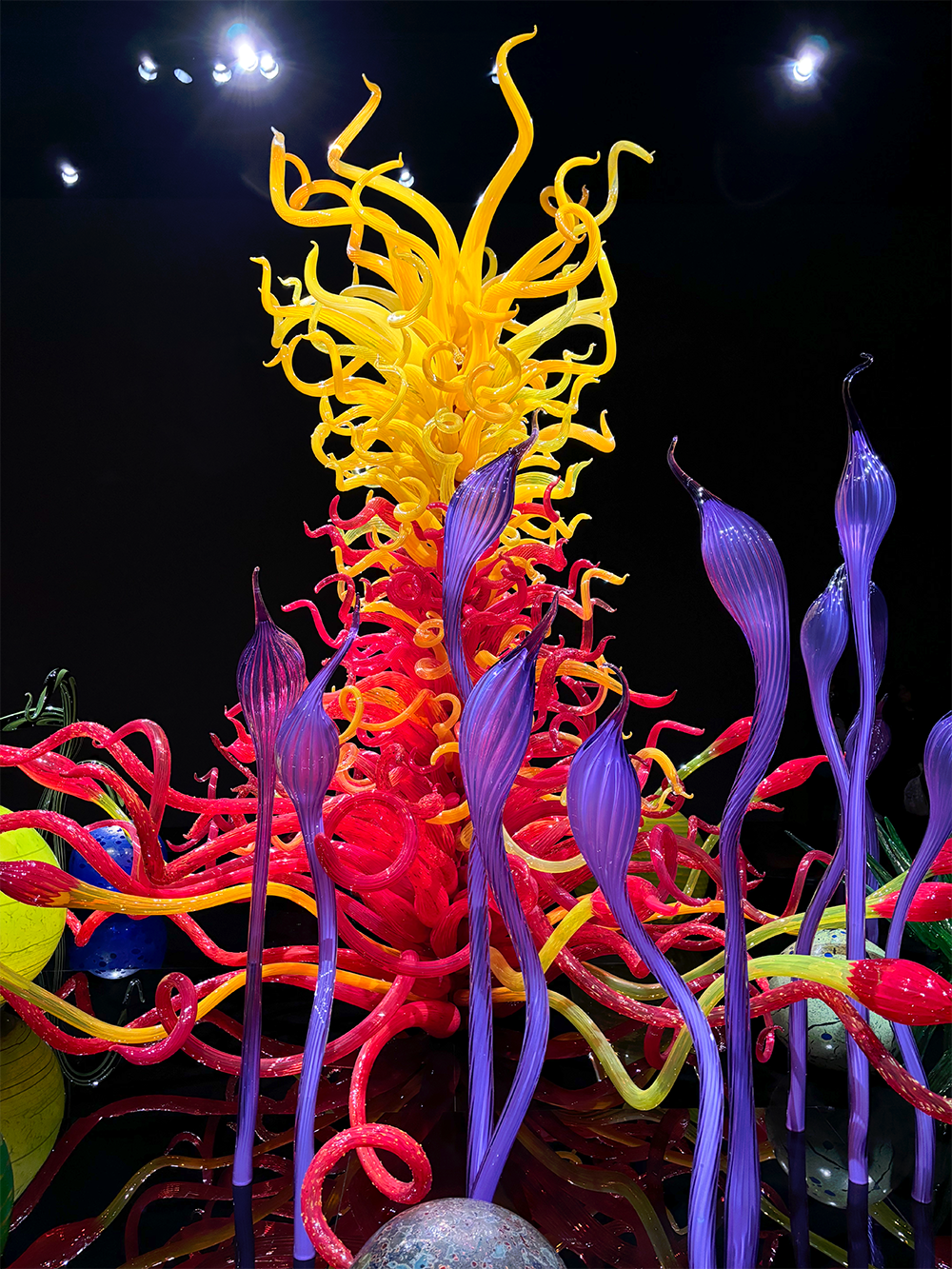


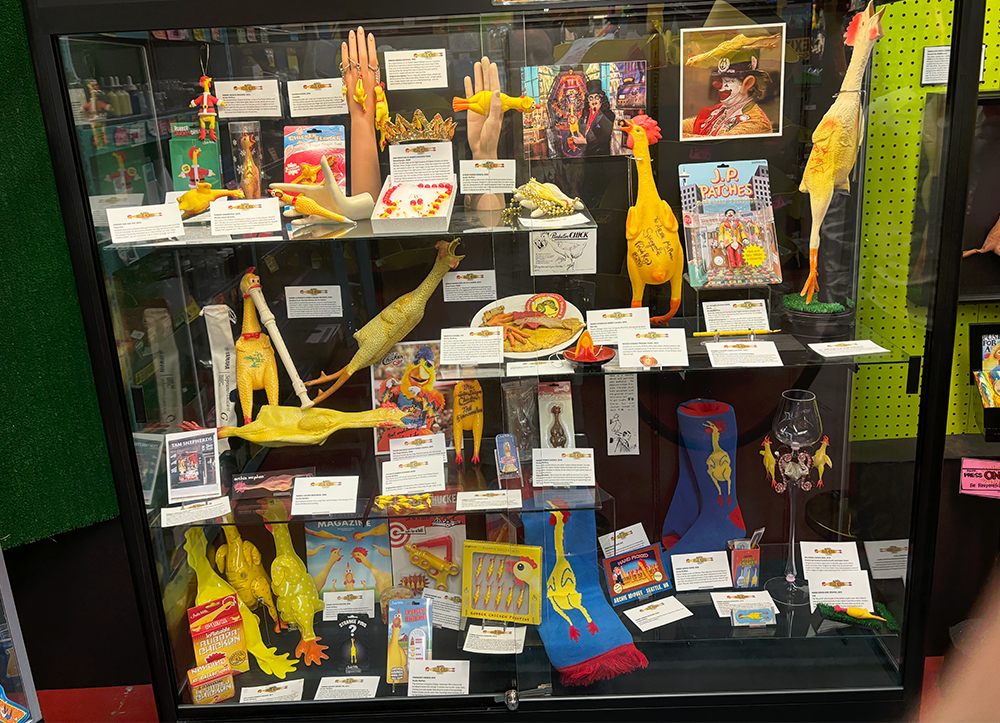







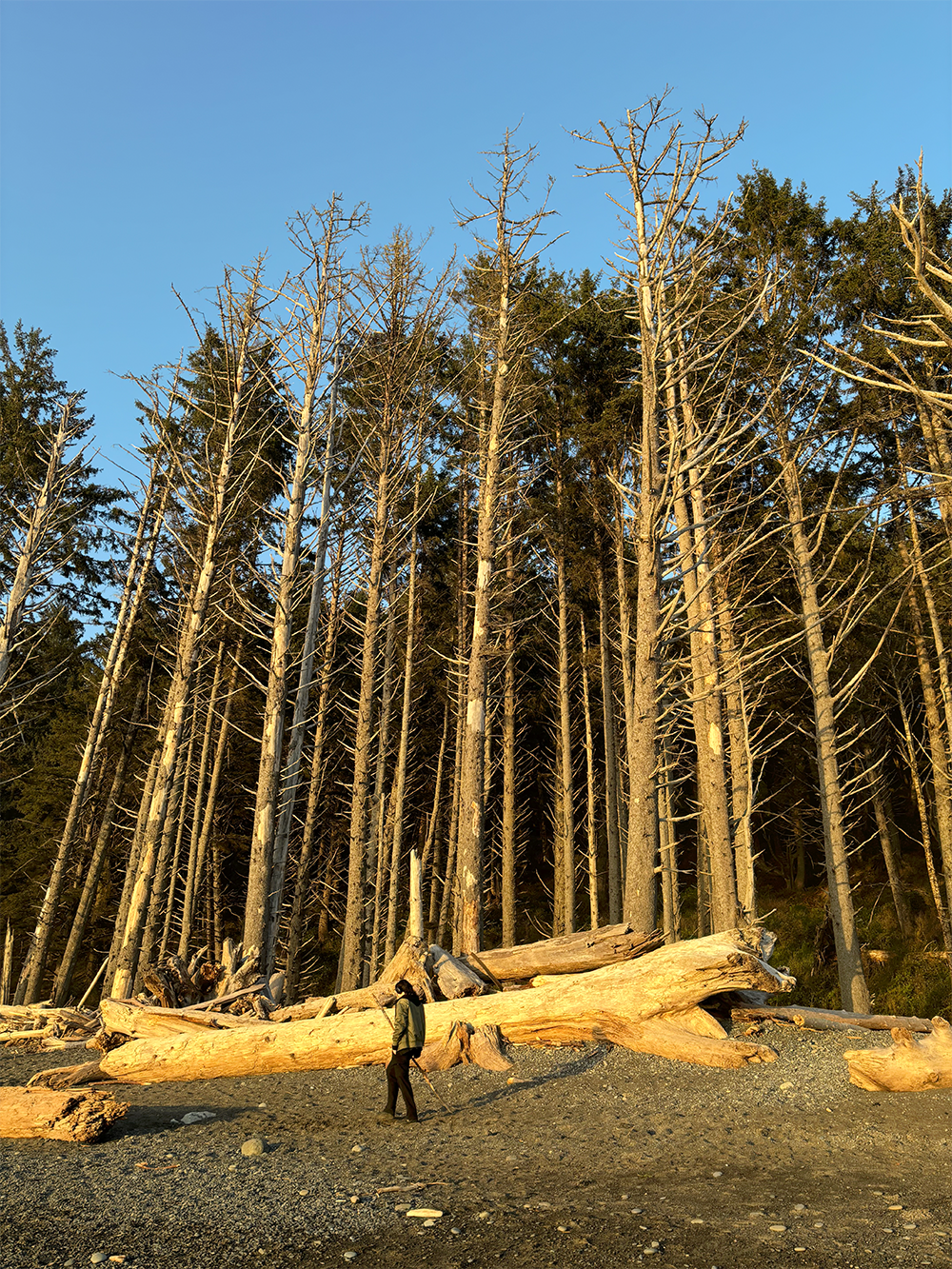


Sounds great overall, so sorry about the sunlight!